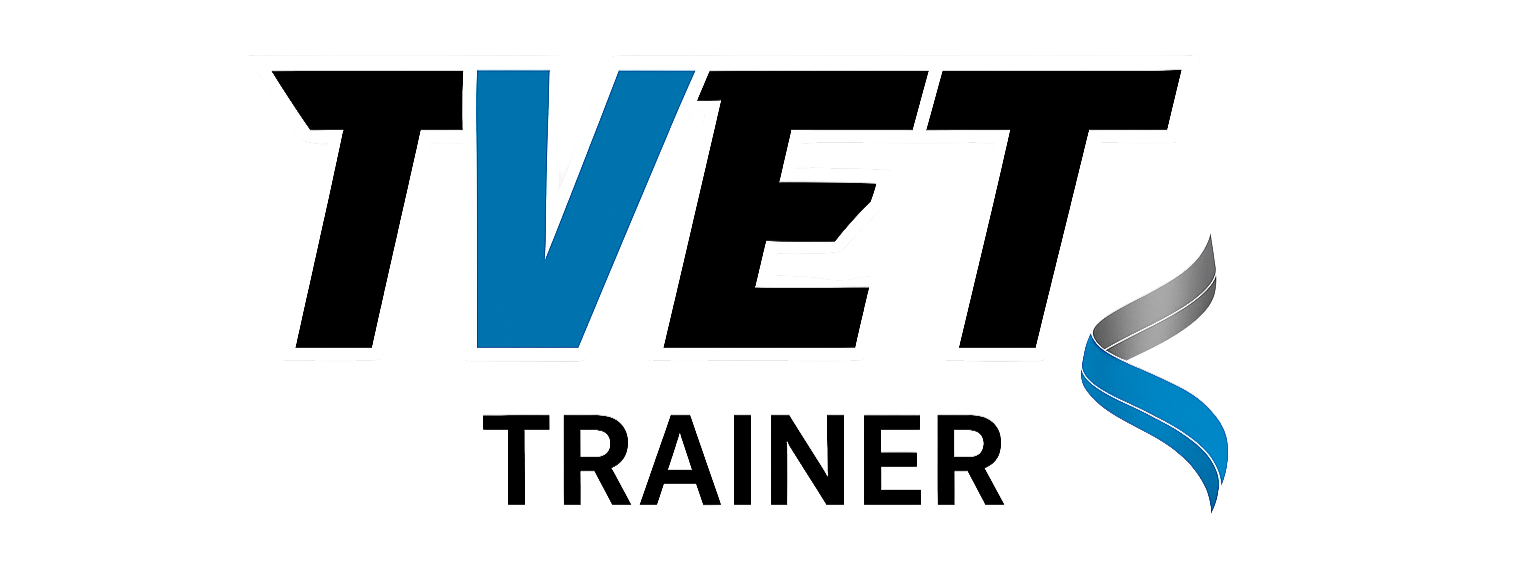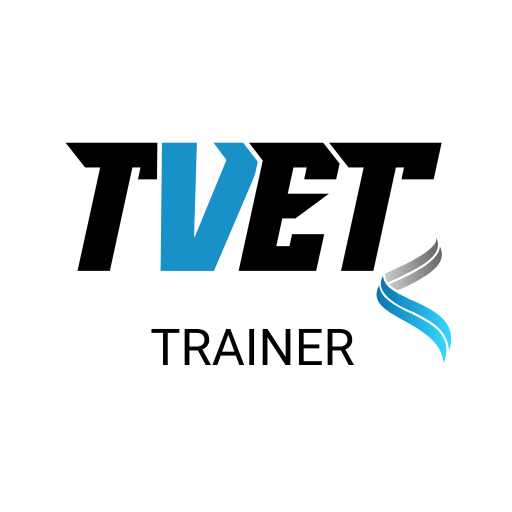Curriculum sequence planning sits at the heart of effective teaching, learning, and assessment. For apprenticeship and vocational training providers, it’s not simply an administrative exercise — it’s the blueprint that shapes how learners develop the skills and knowledge they need for their future careers.
A well-sequenced curriculum ensures that learning unfolds in a logical, progressive order. Each new skill builds on what has come before, helping learners make meaningful connections and apply their learning with confidence. It also demonstrates to Ofsted that your provision has a clear, purposeful intent and coherent delivery structure — key elements of a high-quality education judgement.
Understanding Curriculum Sequence Planning
At its core, curriculum sequence planning means organising what learners are taught, and when, in a way that supports their cognitive and professional development.
For example, in a Digital Marketing apprenticeship, learners might first explore core marketing principles and communication strategies before moving on to campaign planning, analytics, and content creation. This gradual layering of knowledge helps them understand not only how to perform a task, but why it matters.
Sequencing isn’t just about order — it’s about building progression and ensuring each stage of learning prepares learners for the next challenge.
Why Curriculum Sequencing Is So Important
1. Builds Knowledge and Skills Progressively
A structured curriculum ensures learners move from foundational knowledge to advanced application step-by-step. This approach supports mastery, confidence, and independence, especially important in apprenticeships where theory and practice must align.
2. Meets Ofsted Expectations
Ofsted’s Education Inspection Framework (EIF) places strong emphasis on curriculum intent, implementation, and impact. Inspectors look for a well-planned and sequenced curriculum that shows how learning builds over time. A clear sequence map is therefore vital evidence of compliance and quality.
3. Supports Teaching Focus and Prioritisation
A sequenced plan helps educators deliver the most critical content first, preventing cognitive overload and ensuring a solid foundation before introducing more complex ideas.
4. Improves Learner Experience and Outcomes
When learning follows a logical pathway, learners can see how each topic connects to their goals. This sense of direction increases motivation, engagement, and achievement.
How to Plan an Effective Curriculum Sequence
Designing a curriculum sequence takes collaboration, reflection, and a deep understanding of learner needs. The following steps provide a practical framework:
1. Identify Core Knowledge and Skills
Start by defining the essential knowledge, behaviours, and skills learners must develop to achieve the qualification or standard. Link these directly to occupational requirements and industry expectations.
2. Create a Curriculum Map
A curriculum map visualises the order of learning, showing how each topic connects to programme outcomes. It should identify prerequisites, progression points, and opportunities for assessment and reflection.
3. Establish a Realistic Timeline
Assign appropriate time to each phase of learning. Ensure that the pace supports understanding — not just coverage. Build in time for reinforcement, practice, and review.
4. Integrate Cross-Curricular Connections
Encourage trainers to connect themes across modules — for instance, communication skills might underpin both customer service and team leadership units. This holistic approach helps learners see learning as interconnected rather than compartmentalised.
5. Review and Adapt Regularly
Curriculum sequencing isn’t static. Gather feedback from trainers, learners, and employers to ensure content remains relevant, up-to-date, and aligned with industry standards.
Practical Ideas for Implementation
Establish a dedicated curriculum committee involving department heads, assessors, quality leads, and an Ofsted compliance specialist. A collaborative approach ensures the sequence supports both pedagogy and inspection requirements.
Develop a Living Curriculum Document
Produce a central document or digital dashboard that outlines the sequence, milestones, and expected outcomes. This serves as a reference point for staff and a live record of curriculum intent and progression.
Engage with Industry Experts
Collaborate with employers and sector specialists to validate the order of learning. Their insight ensures the curriculum reflects real-world practice and equips learners for workplace success.
Use Technology to Support Sequencing
Curriculum mapping tools such as EduFlow, Trello, or Google Workspace can help visualise and share your sequence plan across teams, supporting collaborative development and version control.
The Bigger Picture: Linking Sequencing to Ofsted’s EIF
Under the Ofsted Education Inspection Framework, the concept of sequencing directly underpins the Quality of Education judgement. Providers are expected to show:
- Intent – What learners will gain from the curriculum and why it’s structured that way.
- Implementation – How teaching and assessment deliver that intent effectively.
- Impact – The measurable outcomes and progression learners achieve as a result.
A clear, evidence-based curriculum sequence plan demonstrates that these three components are not only understood but embedded in practice.
Conclusion
Curriculum sequence planning is more than a regulatory requirement — it’s the engine that drives meaningful, purposeful learning. By structuring content logically, aligning with occupational needs, and maintaining flexibility for review, training providers can deliver programmes that truly prepare apprentices for success.
Whether you’re revising an existing curriculum or designing one from scratch, sequencing provides the framework for both excellence in education and strong Ofsted outcomes.
FAQs
1. What is curriculum sequence planning?
Curriculum sequence planning is the process of arranging learning content so that knowledge and skills build logically over time, enabling learners to progress from basic understanding to advanced application.
2. Why is curriculum sequencing important for Ofsted?
Ofsted expects training providers to demonstrate a well-sequenced curriculum under the Education Inspection Framework. Sequencing shows that the provider has a clear intent, delivers learning effectively, and measures impact meaningfully.
3. How do I start creating a curriculum sequence plan?
Begin by identifying the essential skills and knowledge required, then map them into a logical order. Use a visual curriculum map and involve trainers and industry experts in validating the sequence.
Tools such as Microsoft Excel, Trello, EduFlow, and Google Workspace help create and share visual curriculum maps and track progress collaboratively.
5. How often should a curriculum sequence plan be reviewed?
Ideally, review it at least annually — or more frequently when industry standards, qualifications, or apprenticeship standards change.







